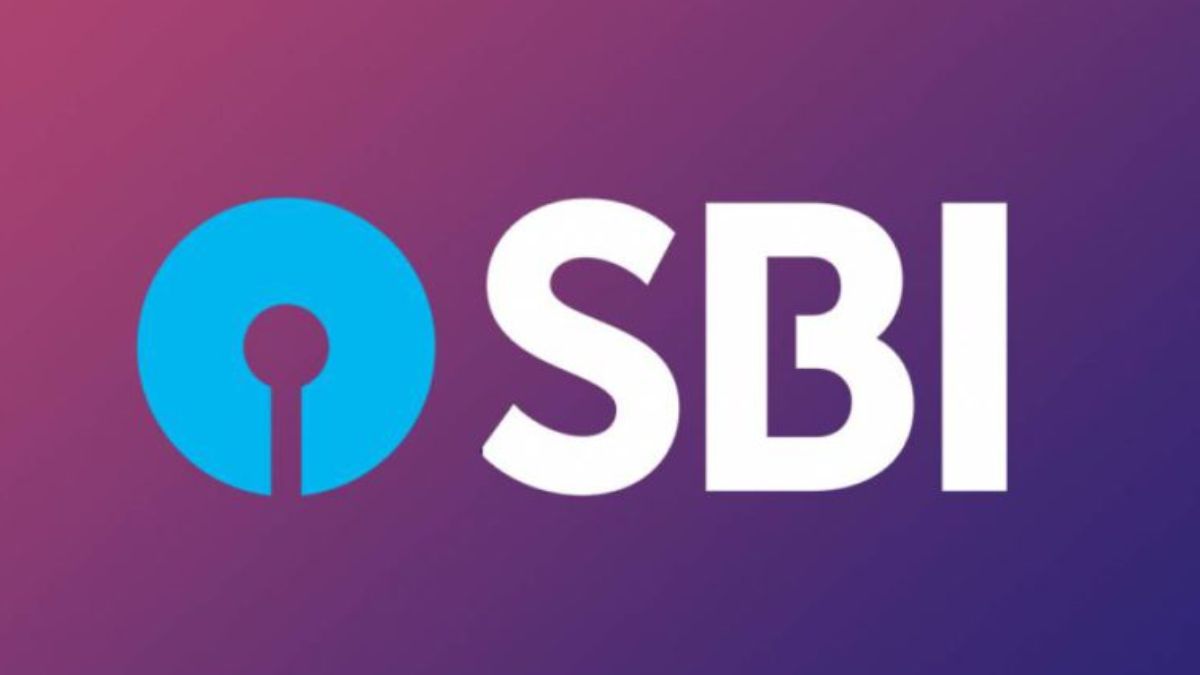As a federal student loan borrower knowing your rights and responsibilities is key. This guide will help you understand how to manage your loans. It’s packed with the info you need to navigate the loan repayment process.
The promissory note you signed is your guide to loan rights and duties. Knowing what it says helps you meet your obligations. It also opens up options for repayment and protection.
This guide is for everyone whether you’re just starting or have been paying for a while. It covers repayment plans, deferment, forbearance, default consequences, and forgiveness. Stay informed and proactive to manage your loans well and reach your financial goals.
Understanding Your Promissory Note
As a federal student loan borrower, the promissory note is key. It outlines the loan’s terms and conditions. This legally binding contract is the base of your student loan agreement. It defines your rights, responsibilities, and what you owe.
Key Terms and Conditions
In the promissory note, you’ll find important details. These include the interest rate, repayment plan, and total repayment amount. It’s vital to understand these to know your financial duties well.
Legal Obligations as a Borrower
The promissory note also explains your legal duties. This includes keeping up with your studies, telling your lender about address or school changes, and making payments on time.
Knowing your promissory note helps you navigate the student loan world. It lets you make choices that fit your financial plans. Understanding your student loan agreement is key to managing your disclosure statement and reaching financial success.
“The promissory note is the foundation of your student loan agreement, so it’s essential to understand its terms and conditions.”
What Document Explains Your Rights and Responsibilities as a Federal Student Loan Borrower?
As a federal student loan borrower, the key document is the promissory note. It’s a legally binding contract that outlines your loan’s terms. This includes your repayment plan, interest rates, and what happens if you default.
The promissory note is crucial to understand before signing. It clearly explains your rights and duties as a borrower. This ensures you know what you’re committing to.
Other important documents are the student loan agreement and disclosure statement. They give detailed info on your loan’s terms, payment plans, and any fees or penalties.
It’s vital to carefully read and understand these documents before taking a federal student loan. Knowing your rights and duties helps you make smart choices. It also makes navigating the loan process easier.
| Document | Purpose |
|---|---|
| Promissory Note | Outlines the terms and conditions of your federal student loan, including repayment obligations, interest rates, and consequences of default. |
| Student Loan Agreement | Provides detailed information about the terms and conditions of your federal student loan, including payment schedules and applicable fees or penalties. |
| Disclosure Statement | Explains your rights and responsibilities as a federal student loan borrower, ensuring you are fully informed about the commitments you are making. |
“Understanding the rights and responsibilities outlined in your federal student loan documents is crucial for successfully navigating the repayment process and avoiding potential pitfalls.”
Repayment Options and Schedules
Federal student loan borrowers have many repayment options. These include the standard plan and income-driven plans. These plans help you manage your debt based on your financial situation.
Standard Repayment Plan
The standard plan has a fixed monthly payment for 10 years. It offers a clear path to repayment terms with equal payments. Many choose this plan for its straightforward approach to becoming debt-free.
Income-Driven Repayment Plans
Income-driven repayment plans adjust payments based on your income and family size. They can make payments more affordable for those with less income. Plans like Income-Based Repayment (IBR) and Pay As You Earn (PAYE) are popular.
Choosing the right repayment plan is crucial. Review each plan’s eligibility and payment amounts. Knowing your options helps you manage your debt effectively.
Deferment and Forbearance Strategies
If you have a federal student loan, you can pause or lower your monthly payments. This is through deferment or forbearance. These options help when you’re going through tough times or big life changes.
Deferment Options
Deferment lets you stop making payments for a while. You might qualify if you’re:
- Going back to school or starting a new program
- Dealing with economic hard times or job loss
- Serving in the military or doing public service
Looking into deferment options can keep your loans in good shape. It helps you reach your goals or get through tough times.
Forbearance Assistance
If you can’t get a deferment or need more help, forbearance might be right for you. It lets you lower or stop payments for up to 12 months. This is great for short-term money troubles, like losing a job or unexpected bills.
Remember, interest keeps adding up during deferment and forbearance. This can make your loan cost more. Think carefully about your choices and plan to pay back as soon as you can.

“Deferment and forbearance can provide valuable breathing room for federal student loan borrowers facing financial difficulties. Explore these options to ensure you can manage your debt responsibly.”
Consequences of Default
Not paying your federal student loans can lead to serious problems. Defaulting on your loans can cause long-term financial issues. It’s important to know the risks to manage your loans well.
Impact on Credit Score
Defaulting on your loans can hurt your credit score a lot. It gets reported to big credit bureaus, lowering your score. A bad credit score makes it hard to get loans, credit cards, or even rent a place.
Wage Garnishment and Tax Offsets
Defaulting lets the government take steps to get the money back. They might take part of your paycheck or use your tax refunds. These actions can make it tough to get back on your feet financially.
It’s key to keep up with your loan payments to avoid these problems. If you’re having trouble, look into different repayment plans. Talk to your loan servicer to avoid defaulting on your loans.
Loan Consolidation Pros and Cons
If you have federal student loans, you might be able to combine them into one loan with a fixed rate. This can make paying back your loans easier. But, it’s important to think about the downsides too.
Let’s look at the main points for and against consolidating your federal student loans:
Pros of Loan Consolidation
- Streamlined repayment: Combining loans into one can simplify your payments and help you keep track of your debt.
- Potential for lower monthly payments: A longer repayment period might mean smaller monthly payments, easing your financial burden.
- Fixed interest rate: The rate on your new loan could be better if you had variable-rate loans before.
Cons of Loan Consolidation
- Longer repayment period: Merging your loans might mean you’ll pay more interest over time.
- Loss of borrower benefits: You might lose perks from your original loans, like lower interest rates or forgiveness programs.
- Potential increase in interest rate: If your old loans had lower rates, your new rate could be higher.
When thinking about loan consolidation, it’s key to consider both the pros and cons to see if it’s right for you. Talking to a financial advisor or your loan servicer can guide you in making the best choice.

| Pros | Cons |
|---|---|
| Streamlined repayment | Longer repayment period |
| Potential for lower monthly payments | Loss of borrower benefits |
| Fixed interest rate | Potential increase in interest rate |
Student Loan Forgiveness Programs
For those struggling with federal student loans, forgiveness programs offer relief. The most well-known is the Public Service Loan Forgiveness (PSLF) program. It forgives loans for those in qualifying public service jobs.
Public Service Loan Forgiveness
The PSLF program aims to encourage public service careers. It forgives the remaining loan balance after 120 qualifying payments. Borrowers must have Direct Loans, be on an income-driven plan, and work full-time for a qualifying organization.
Understanding the PSLF program can be complex. But, it’s worth it for those who qualify. By meeting the criteria and managing their loans, borrowers can have their debt forgiven.
| Eligibility Criteria for Public Service Loan Forgiveness | Requirements |
|---|---|
| Loan Type | Direct Loans |
| Repayment Plan | Income-Driven Repayment Plan |
| Employment | Full-time work for a qualifying public service organization |
| Payments | 120 qualifying monthly payments |
To learn more about student loan forgiveness and the public service loan forgiveness program, review the documentation. Also, consult with a financial aid expert or the Department of Education.
Understanding Disclosure Statements
As a federal student loan borrower, knowing about disclosure statements is key. These documents give you important info about your loans. This includes the current balance, interest rates, and how you’ll repay them. It’s vital to review these statements well to understand your loan duties fully.
These statements come with the promissory note, which is your loan’s legal agreement. The promissory note gives the main loan details. But, the disclosure statements give a broader view, helping you make smart financial choices.
These statements usually have important details like:
- Current loan balance
- Interest rate
- Repayment schedule and options
- Fees and penalties associated with the loan
- Deferment and forbearance opportunities
- Loan consolidation and forgiveness programs
By knowing what your disclosure statement says, you can handle your student loan better. You can look into options and make choices that are good for your finances. Regularly checking these statements helps you keep up with your loan and meet your disclosure statement duties.
Remember, federal student loan disclosure statement documents are very important. They help you understand and manage your educational debt. Get to know these statements well and use the info they give to handle your student loan repayment smoothly.
Resolving Disputes and Complaints
If you have problems with your federal student loans, there are steps you can take. The Federal Student Aid Ombudsman Group can help you. They guide you through the dispute resolution process.
Your loan repayment is based on the Master Promissory Note. This document explains your rights and duties. If you think there’s been a mistake with your loan, you can file a complaint with the Ombudsman Group.
The Ombudsman Group will help you and your loan servicer. They will look into the issue and offer advice. This service is impartial, helping you understand your options and ensuring your concerns are heard fairly.
Read More…
FAQ
What document explains my rights and responsibilities as a federal student loan borrower?
Your rights and responsibilities as a federal student loan borrower are outlined in the promissory note. This document is a legally binding contract. It details your repayment obligations, interest rates, and what happens if you default.
What is the student loan agreement or promissory note?
The promissory note is a contract that outlines your federal student loan’s terms. It includes details like the interest rate, repayment schedule, and your legal duties as a borrower.
What is a disclosure statement for federal student loans?
Federal student loan borrowers get disclosure statements along with their promissory notes. These statements provide key loan information, such as the current balance, interest rates, and repayment terms. It’s crucial to review them to understand your loan fully.
What are deferment and forbearance options for federal student loans?
You might be eligible for deferment or forbearance if you’re facing financial hardship. Deferment is for specific life events or circumstances. Forbearance offers temporary relief if you can’t make payments.







